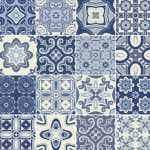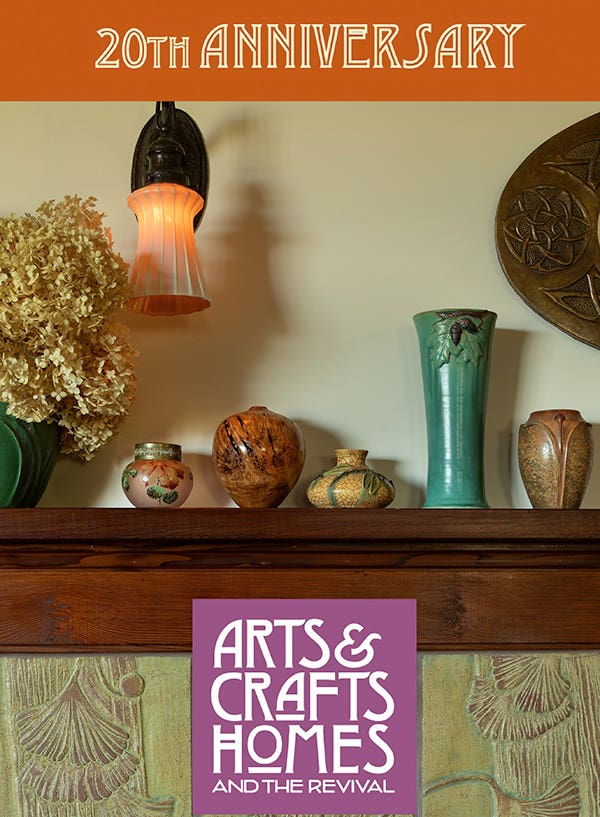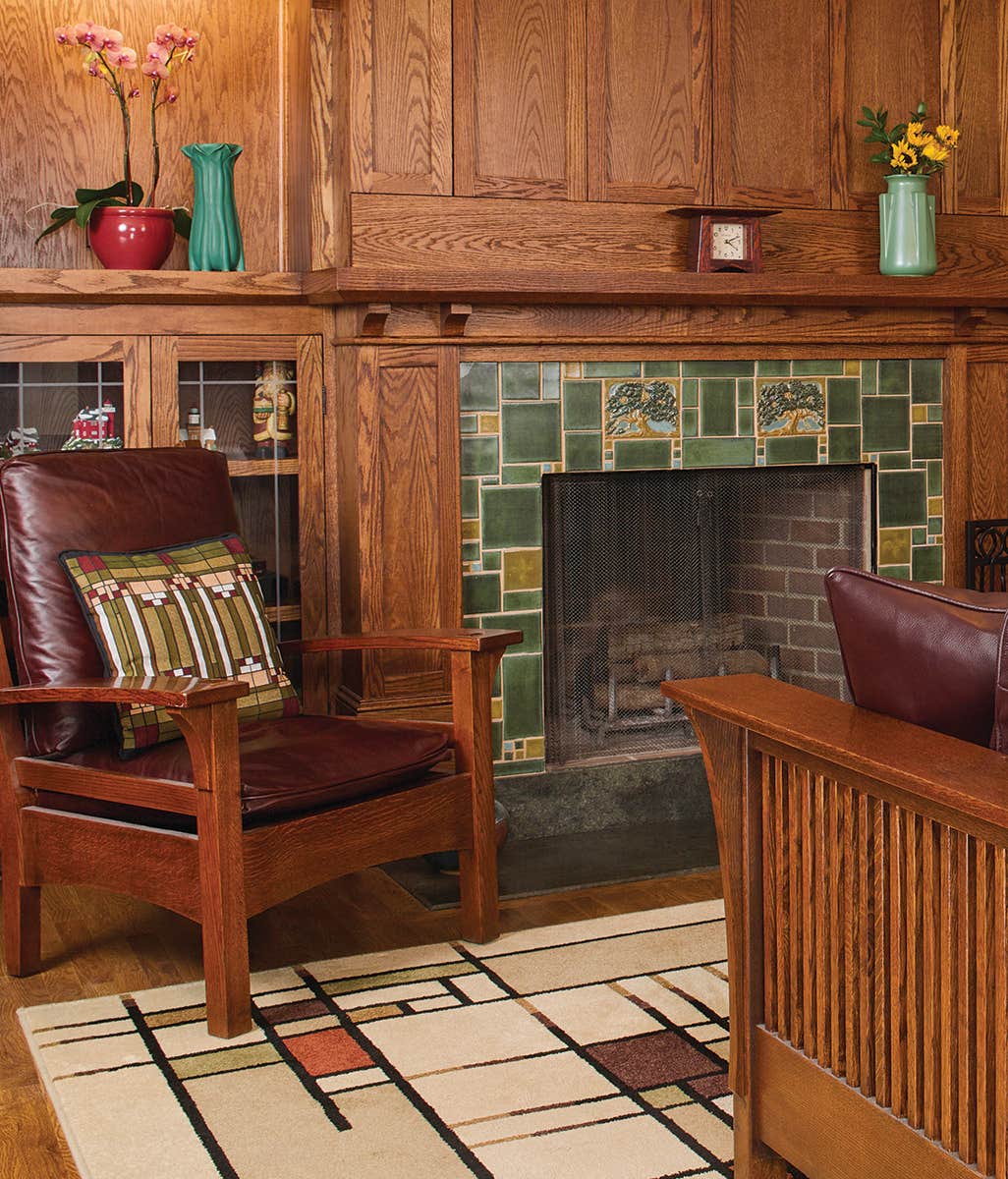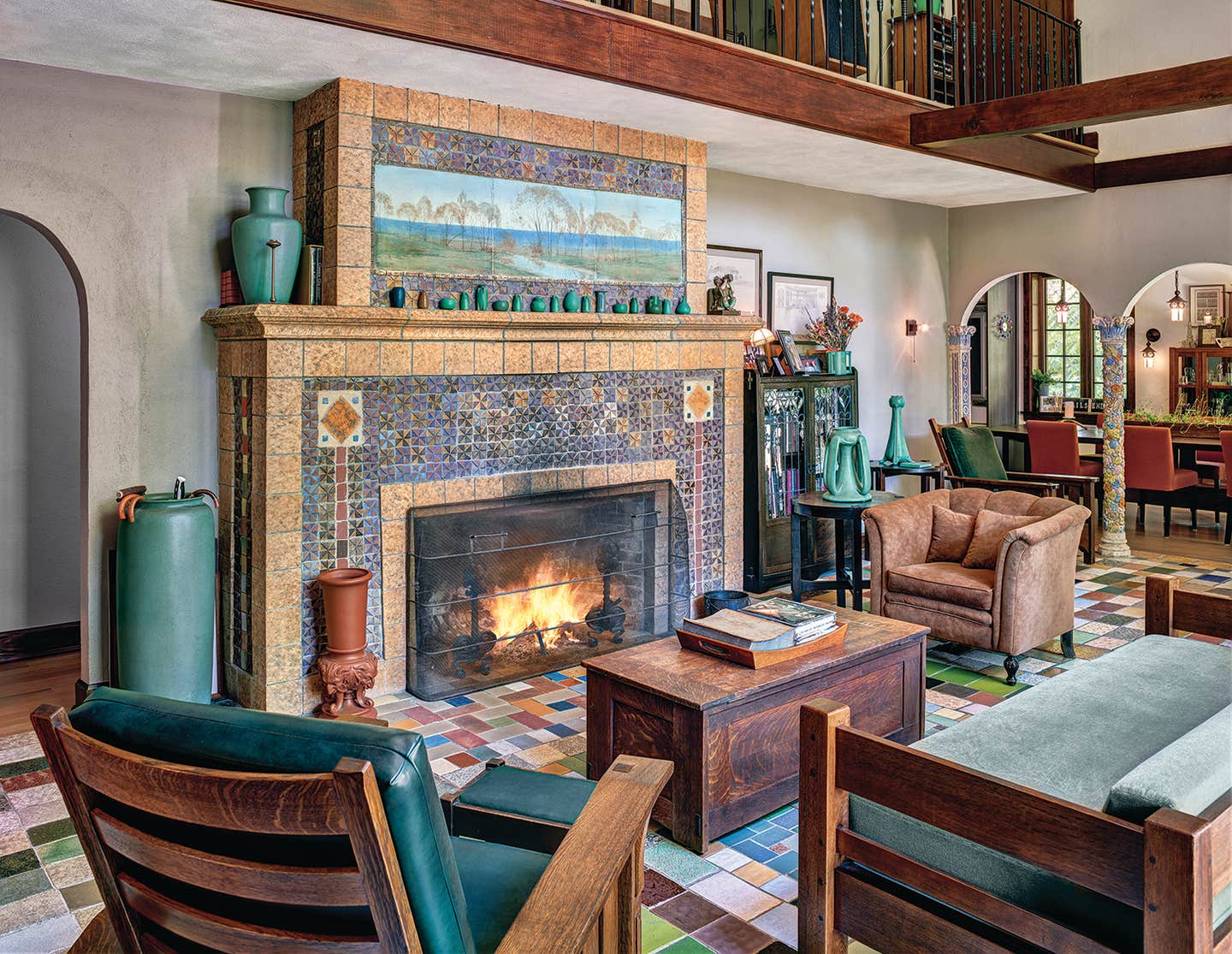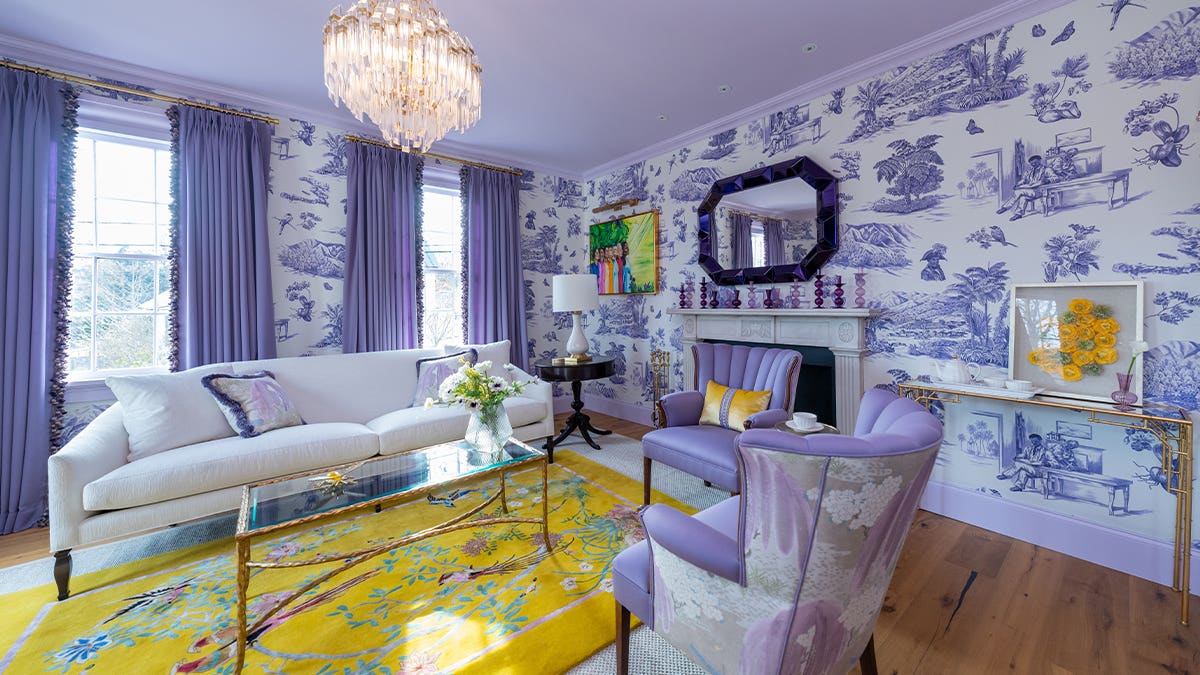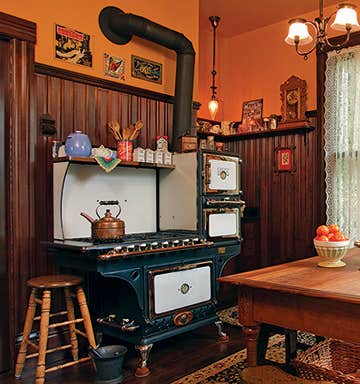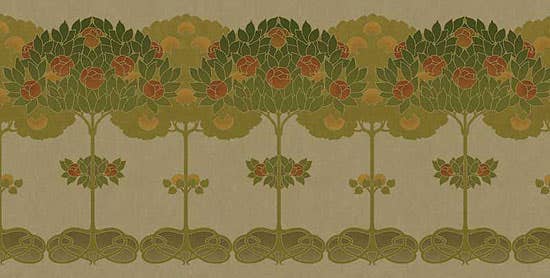Motifs of the Revival: The Dragonfly
The free and colorful dragonfly is popular in today’s A&C revival.
Every culture, and every child, has been enamored of the iridescent dragonfly. The free and colorful creature occupies water, land, and sky. As a motif, the dragonfly reappeared during the Anglo–Japanese craze of the Victorian period, along with the crane, the spider web, and the sunflower.
Some ancient European cultures saw dragonflies as sinister—eye pokers, or followers of snakes—but most associations have been positive. The insect has symbolized light, swift agility, happiness, and the transition from late summer into autumn. The dragonfly represented victory to the samurai (and it may be the oldest design motif in Japan). The Navajo (for whom they symbolized water), the Zuni, and the Hopi stylized dragonflies in their pottery and cave paintings. Owing to its perpendicular wings, the dragonfly has sometimes been rendered as a cross.
With a long history in decoration, the motif, rendered in both naturalistic and stylized designs, remained popular during the Art Nouveau and Arts & Crafts periods. Find it in jewelry and hardware, lamps, fabrics, tiles and pottery, and in stencil patterns.
Patricia Poore is Editor-in-chief of Old House Journal and Arts & Crafts Homes, as well as editorial director at Active Interest Media’s Home Group, overseeing New Old House, Traditional Building, and special-interest publications.
Poore joined Old House Journal when it was a Brooklyn-brownstoner newsletter in the late 1970s. She became owner and publisher and, except for the years 2002–2013, has been its editor. Poore founded the magazines Old-House Interiors (1995–2013) and Early Homes (2004–2017); their content is now available online and folded into Old-House Journal’s wider coverage. Poore also created GARBAGE magazine (1989–1994), the first unaffiliated environmental consumer magazine.
Poore has participated, hands-on, in several restorations, including her own homes: a 1911 brownstone in Park Slope, Brooklyn, and a 1904 Tudor–Shingle Style house in Gloucester, Massachusetts, where she brought up her boys and their wonderful dogs.
